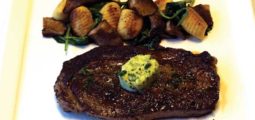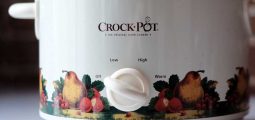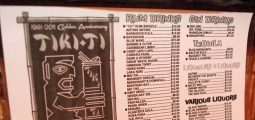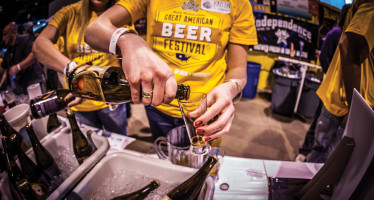Love on the Rocks: Percentage Markup and Bar Ownership
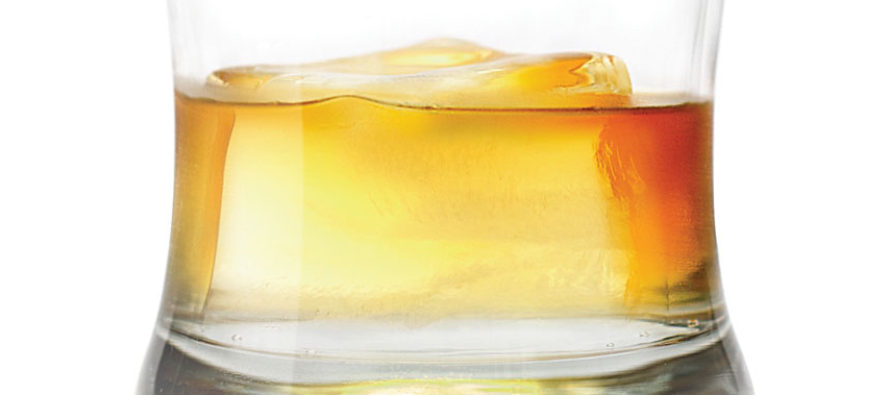
Quality, or quantity? That is the question. Recently, I have spent a lot of time analyzing the profitability of ‘percentage markup’ vs. ‘profit margin’ models in our industry. The bar biz love affair with percentage markup is undeniable; it poses an obstacle for newcomers to the industry who do not want to give up markup percentages easily. The result is a potential missed opportunity to create an extremely profitable business, as a result of misunderstanding the big picture. In order to initiate this conversation, we need to define our terms.
Profit margin models are concerned with the amount of money left from a transaction minus the cost of goods sold (COGS): Selling price – COGS = profit.
Markup percentage models are concerned with the ratio of the COGS to the selling price – or in other words, how many times the COGS can be divided into the profit dollars.
The love affair with percentage markup begins and ends with the notion of a 1,640% markup, which seems quite impressive, until you correlate it with the number of dollars above COGS you get to keep in that transaction: $3.77. Conversely, the premium spirit transaction might only sustain a markup of 296%, but yields $13.46 that you get to keep over COGS.
The reason we are so obsessed with percentage markup is that the tolerance for percentage markup is incredibly high on the well liquor (far below premium) end of the spectrum. Until recently, the industry standard has been to target a consumer on that end. In essence, when every bar is quantity-driven, the name of the game is to find the cheapest product you can find to sell against everyone else’s rail for the same price.
A resurgence of classic cocktail culture, however, is creating more educated consumers, and growing the demand for quality products and services. In markets where fixed costs are lower, a new species of bar is on the rise: the quality-driven, small and focused venue where you can actually make more money with less liability and less people.
In order to understand which model is appropriate in the establishment of a business plan, it is necessary to understand what role these models play when building a brand and creating brand identity. Quantity-driven, volume-based establishments can be seen as lower maintenance insofar as hiring, training and operating procedures. The required skill set is not as technical, so competitive wages are also lower. Guests in these environments tend to be more forgiving; you don’t expect a fine dining experience from a fast food place.
However, lower price points mean that you have to do more transactions to yield the same number of dollars profit over COGS as a quality-driven, premium establishment. Here, the costs/benefits are an inverse of the former. Hiring, training and operations are more labor intensive, and therefore more expensive. Guests will not be (and should not be) tolerant of much error. If you tout yourself as a premium establishment, and charge premium prices, you had better be able to deliver. The guest who is spending $12 on a drink reasonably expects a greater added value for their dollars in return.
Consider a bar of 75 people who are all drinking $4 drinks at the average rate of one drink per hour. In this model, each hour has a projected income of $300 per hour. Now, consider a room full of 30 people consuming drinks that cost $11 each at the same rate. This model projects an hourly revenue of $330… more money on less than half of the people. The latter, quality-driven model takes less space and less people to run, so several other fixed costs could decrease as well. These models simply cannot generate a million in sales as a result of limited space, but they can fly steady as low-maintenance, money-making machines.
When deciding which financial model best fits your brand vision, you simply need to ask how much effort you are willing to put in. Both have their merits and drawbacks. The worst thing you can do, however, is fail to understand both options, thereby eliminating a potential opportunity for success. I choose to remain in the Midwest, primarily because our fixed costs are low compared to other parts of the country, and I have a realistic option of pursuing my goals as an entrepreneur.
Related Articles
Facebooking Reality: The responsibility we all share
In 1992, Madonna wrote the original Fifty Shades of Grey, entitled Sex. There was an uproar (as expected) from the
Fighting Hunger with Strength
A typical day in the office for Share Our Strength’s Operation Frontline Omaha Coordinator Kathleen Upton is nothing short of
Beer Chat: Great Beer Fests
One of the best ways to throw yourself headfirst into the ever growing craft beer scene is to attend a
No comments
Write a commentOnly registered users can comment.


